Foreword
Introduction
1 Scope
2 Conformance
3 Normative references
4 Terms and definitions
5 Symbols and abbreviated terms
6 Basic concepts of CAN
6.1 CAN properties
6.2 Frames
6.3 Bus access method
6.4 Information routing
6.5 Network flexibility
6.6 Data consistency
6.7 Remote data request
6.8 Error detection
6.9 Error signalling and recovery time
6.10 ACK
6.11 Automatic retransmission
6.12 Fault confinement
6.13 Error-active
6.14 Error-passive
6.15 Bus-off
7 Layered architecture of CAN
7.1 Reference to OSI model
7.2 Protocol specification
7.3 Format description of services
7.3.1 Format description of service primitives
7.3.2 Types of service primitives
7.4 LLC interface
8 Description of LLC sub-layer
8.1 General
8.2 Services of LLC sub-layer
8.2.1 Types of connectionless-mode transmission services
8.2.2 Service primitive specification
8.3 Functions of LLC sub-layer
8.3.1 General
8.3.2 Frame acceptance filtering
8.3.3 Overload notification
8.3.4 Recovery management
8.4 Structure of LLC frames
8.4.1 General
8.4.2 Specification of LLC DF
8.4.3 Specification of LLC RF
8.5 Limited LLC frames
9 Interface between LLC and MAC
9.1 Services
9.2 Time and time triggering
9.2.1 Description
9.2.2 Time base
9.2.3 Time reference point
9.2.4 Event generation
9.3 Disabling automatic retransmission
9.3.1 Retransmission of frames
9.4 Message time stamping
10 Description of MAC sub-layer
10.1 General
10.2 Services of MAC sub-layer
10.2.1 Service description
10.2.2 Service primitives specification
10.3 Functional model of MAC sub-layer architecture
10.3.1 Capability
10.3.2 Frame transmission
10.3.3 Frame reception
10.4 Structure of MAC frames
10.4.1 Description
10.4.2 Specification of MAC DF
10.4.3 Specification of MAC RF
10.4.4 Specification of EF
10.4.5 Specification of OF
10.4.6 Specification of inter-frame space
10.5 Frame coding
10.6 Frame acknowledgement
10.7 Frame validation
10.8 Order of bit transmission
10.9 Medium access method
10.9.1 General
10.9.2 Multi-master
10.9.3 Bus access
10.9.4 Bus integration state
10.9.5 Protocol exception event
10.9.6 Transmission of MAC frames
10.9.7 Content-based arbitration
10.9.8 Frame priority
10.9.9 Collision resolution
10.9.10 Disabling of frame formats
10.10 MAC data consistency
10.11 Error detection
10.12 Error signalling
10.13 Overload signalling
10.14 Bus monitoring
10.15 Restricted operation
11 PL specification
11.1 General and functional modelling
11.2 Services of PL
11.2.1 Description
11.2.2 PCS_Data.Request
11.2.3 PCS_Data.Indicate
11.2.4 PCS_Status.Transmitter
11.2.5 PCS_Status.Receiver
11.3 PCS specification
11.3.1 Bit encoding/decoding
11.3.2 Synchronization
11.3.3 Transmitter delay compensation
11.4 AUI specification
11.4.1 General
11.4.2 PCS to PMA messages
11.4.3 PMA to PCS message
12 Description of supervisor FCE
12.1 Fault confinement
12.1.1 Objectives
12.1.2 Strategies
12.1.3 Fault confinement interface specification
12.1.4 Rules of fault confinement
12.1.5 Network start-up
12.2 Bus failure management
Annex€A (informative) Additional Information
Bibliography
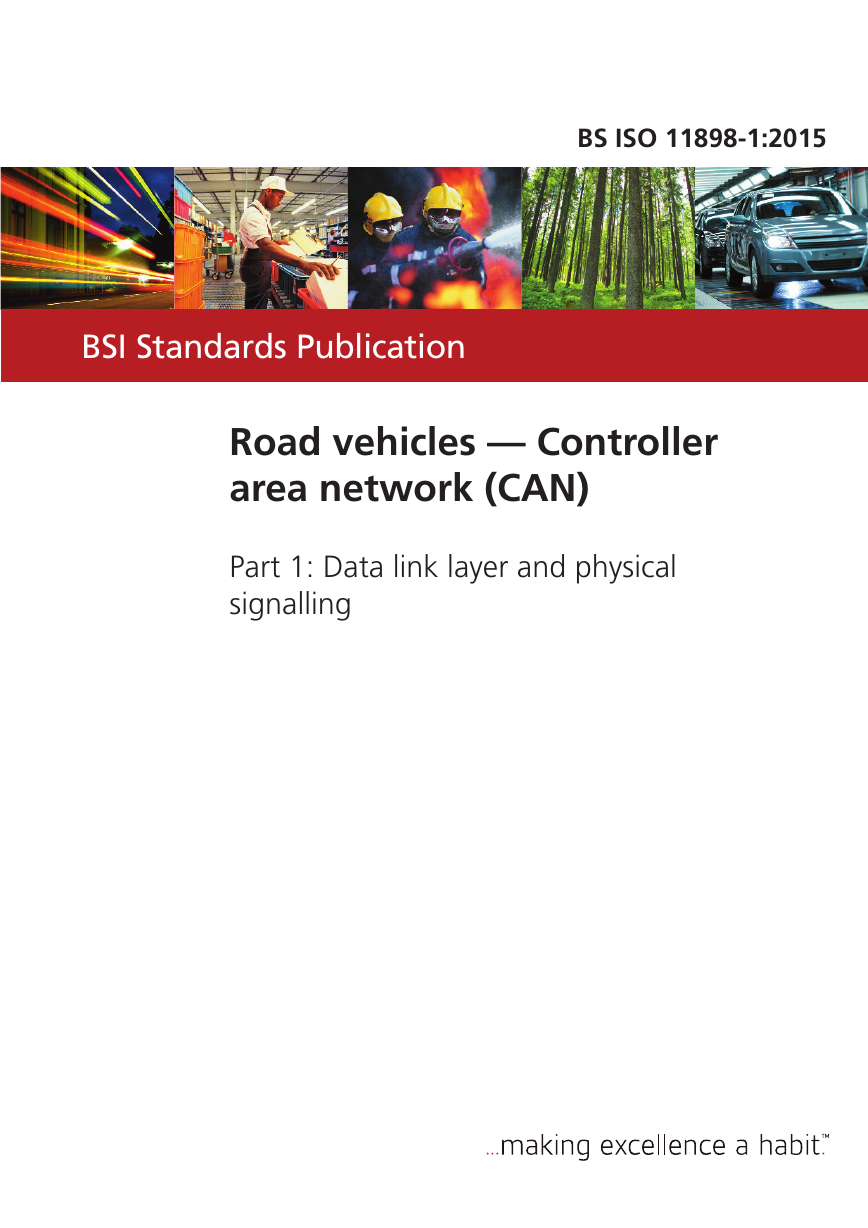
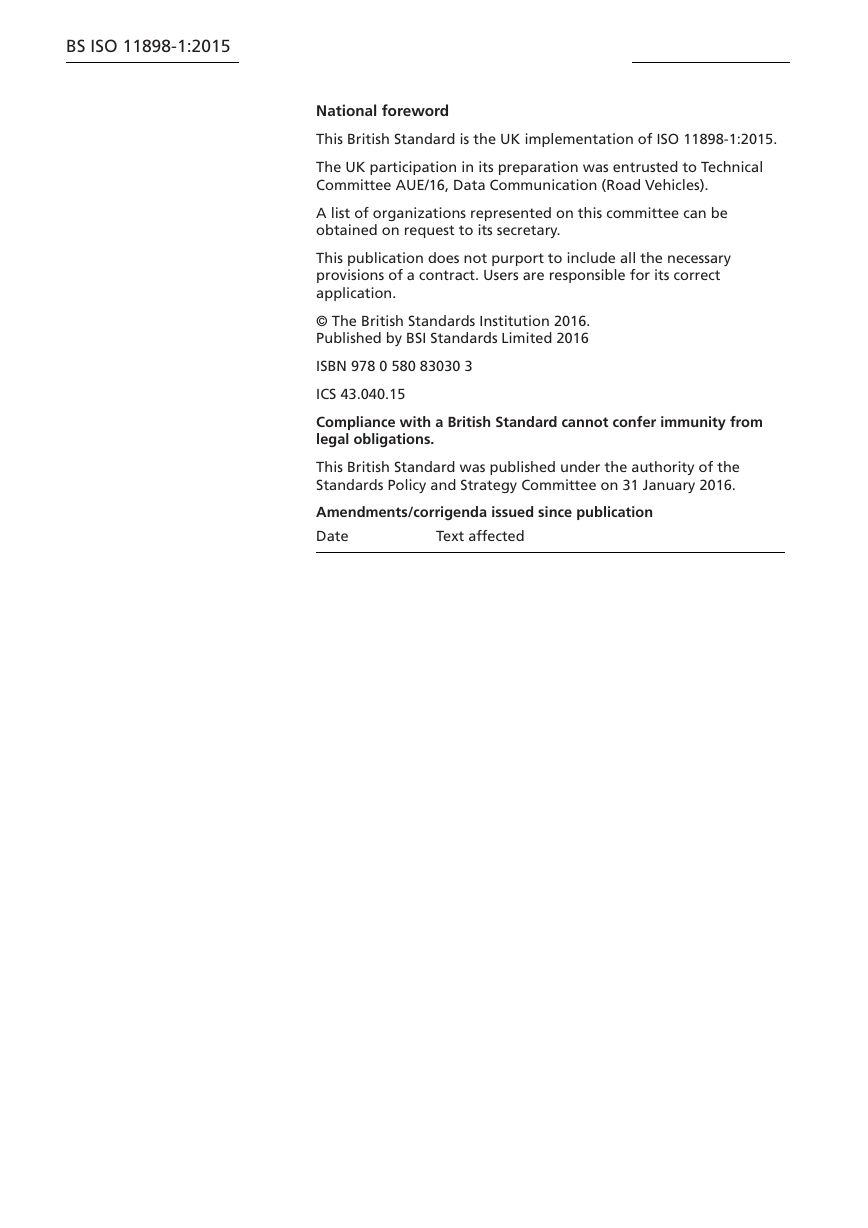
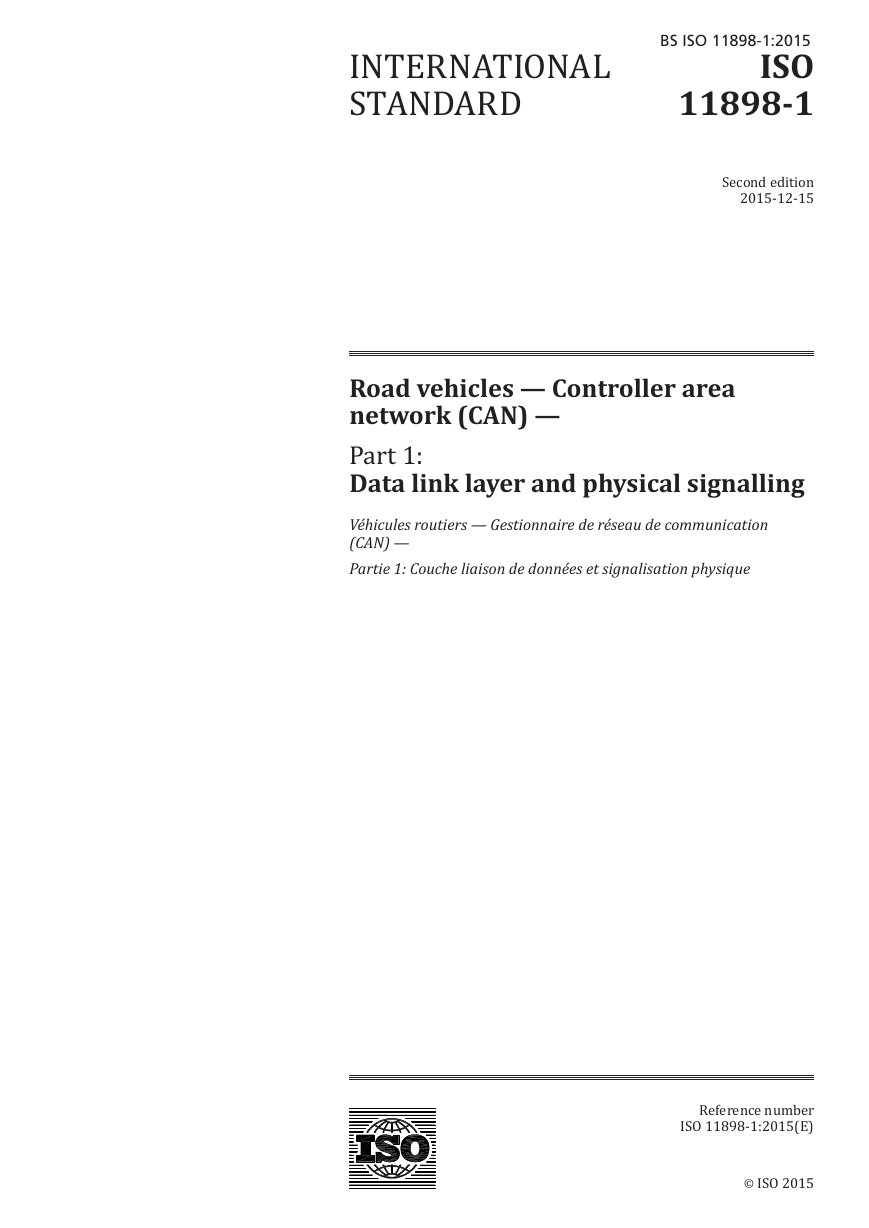
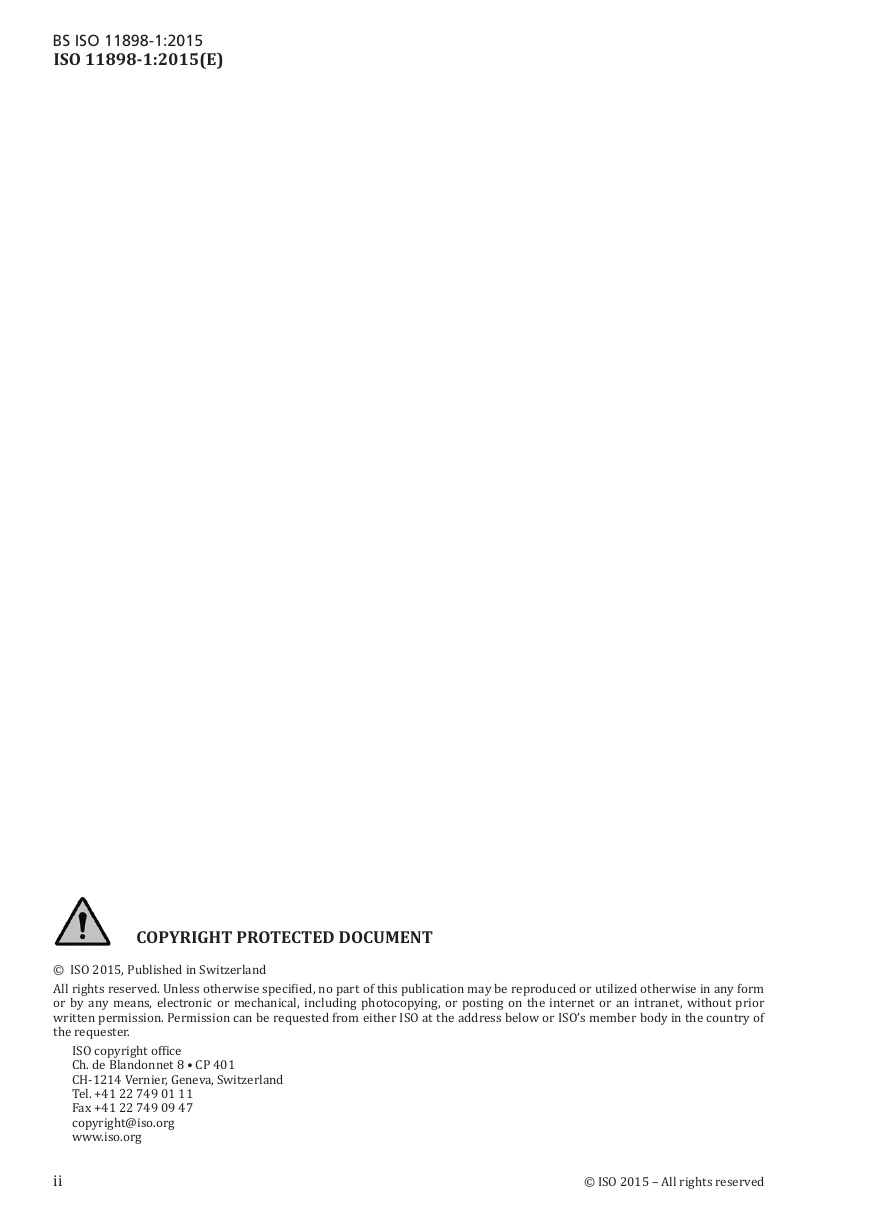
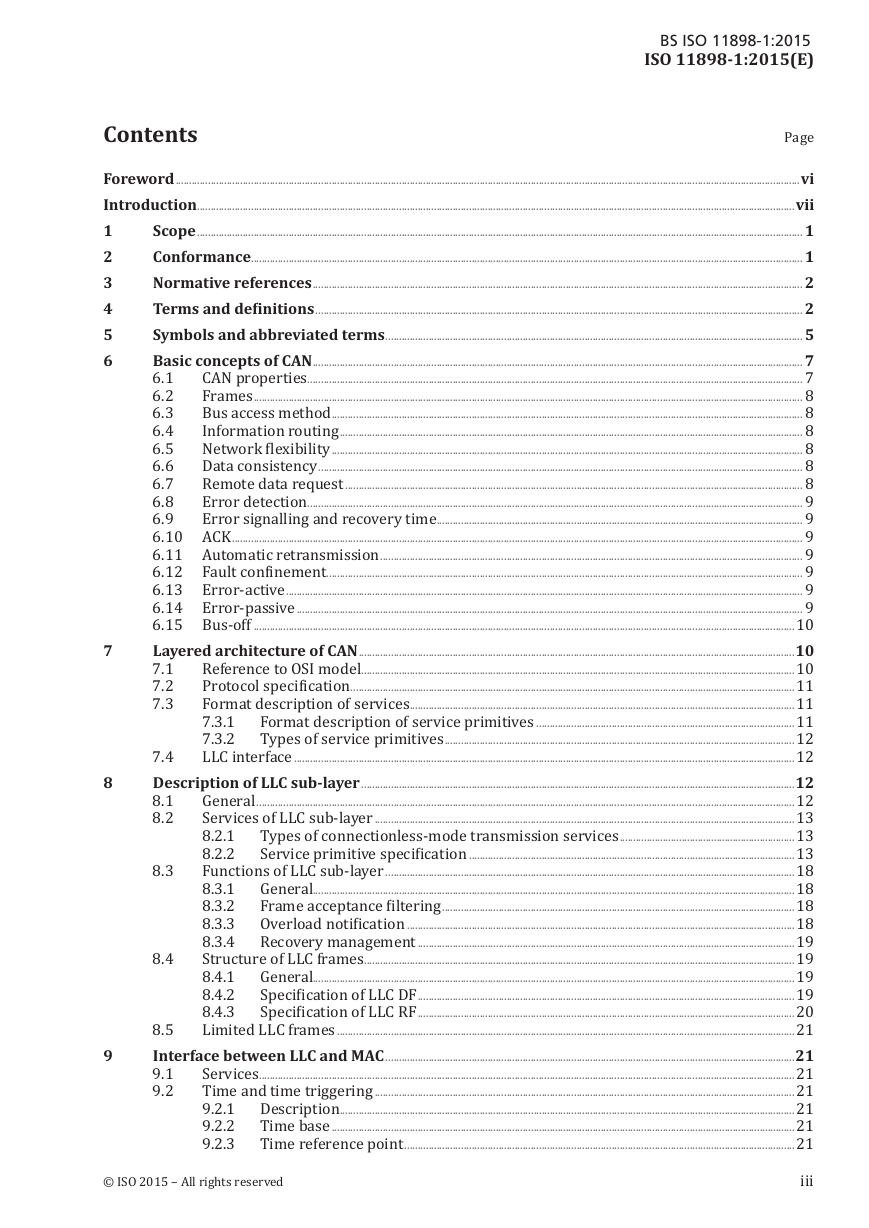

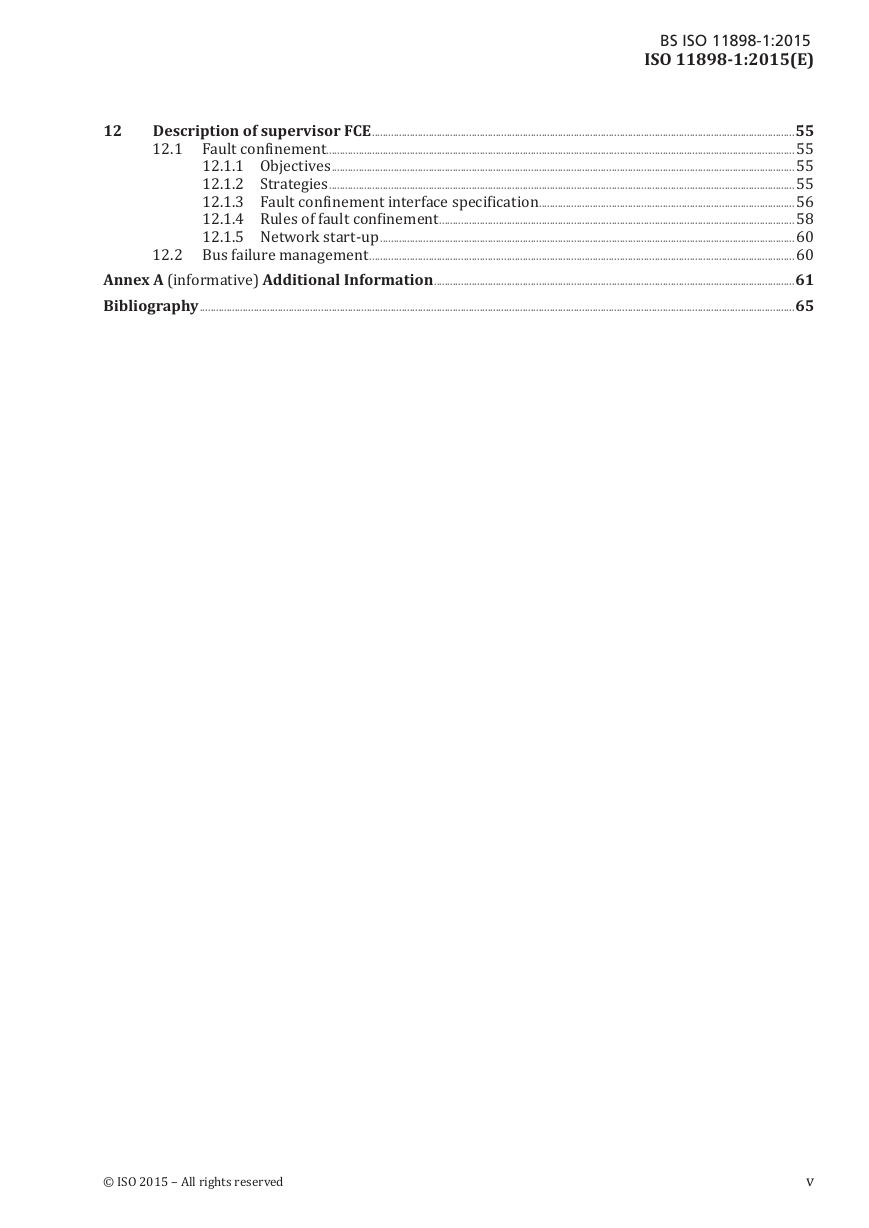
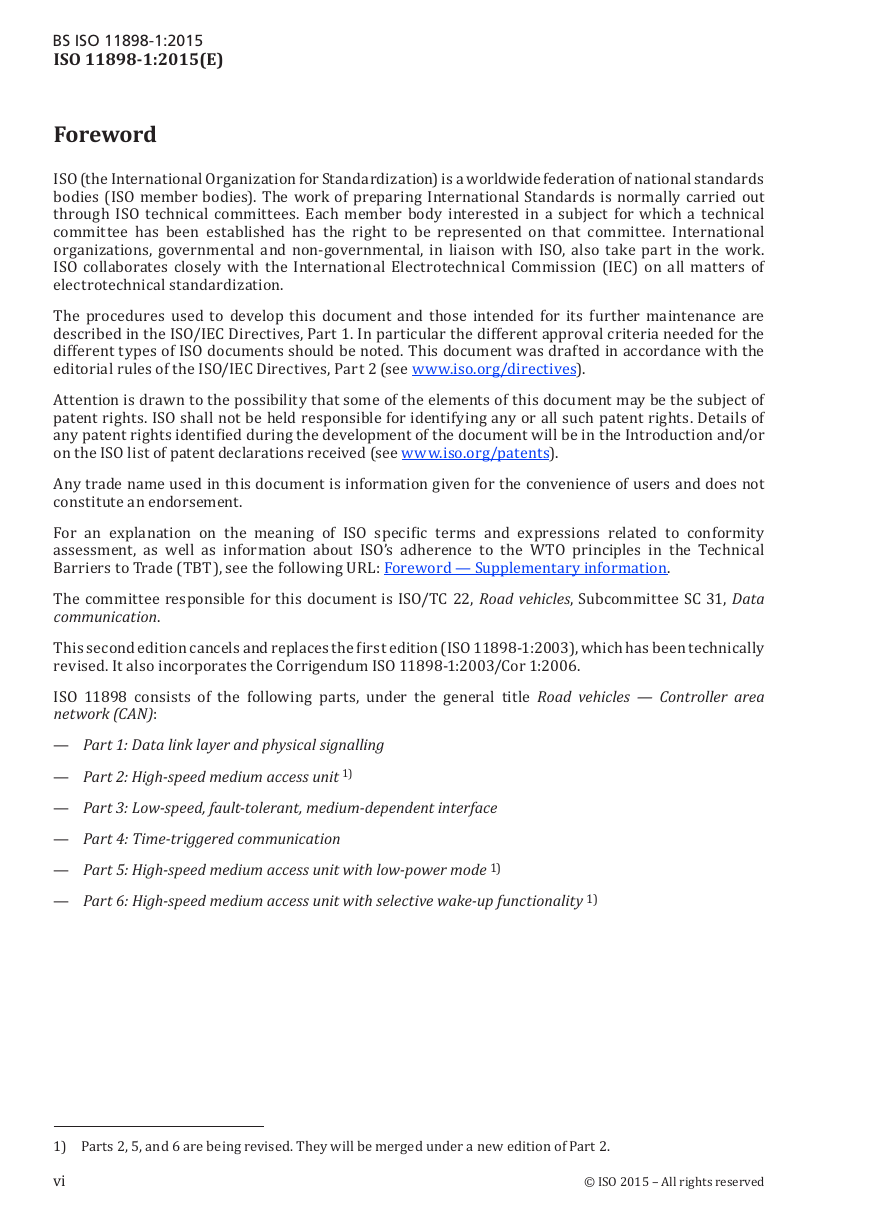








 2023年江西萍乡中考道德与法治真题及答案.doc
2023年江西萍乡中考道德与法治真题及答案.doc 2012年重庆南川中考生物真题及答案.doc
2012年重庆南川中考生物真题及答案.doc 2013年江西师范大学地理学综合及文艺理论基础考研真题.doc
2013年江西师范大学地理学综合及文艺理论基础考研真题.doc 2020年四川甘孜小升初语文真题及答案I卷.doc
2020年四川甘孜小升初语文真题及答案I卷.doc 2020年注册岩土工程师专业基础考试真题及答案.doc
2020年注册岩土工程师专业基础考试真题及答案.doc 2023-2024学年福建省厦门市九年级上学期数学月考试题及答案.doc
2023-2024学年福建省厦门市九年级上学期数学月考试题及答案.doc 2021-2022学年辽宁省沈阳市大东区九年级上学期语文期末试题及答案.doc
2021-2022学年辽宁省沈阳市大东区九年级上学期语文期末试题及答案.doc 2022-2023学年北京东城区初三第一学期物理期末试卷及答案.doc
2022-2023学年北京东城区初三第一学期物理期末试卷及答案.doc 2018上半年江西教师资格初中地理学科知识与教学能力真题及答案.doc
2018上半年江西教师资格初中地理学科知识与教学能力真题及答案.doc 2012年河北国家公务员申论考试真题及答案-省级.doc
2012年河北国家公务员申论考试真题及答案-省级.doc 2020-2021学年江苏省扬州市江都区邵樊片九年级上学期数学第一次质量检测试题及答案.doc
2020-2021学年江苏省扬州市江都区邵樊片九年级上学期数学第一次质量检测试题及答案.doc 2022下半年黑龙江教师资格证中学综合素质真题及答案.doc
2022下半年黑龙江教师资格证中学综合素质真题及答案.doc